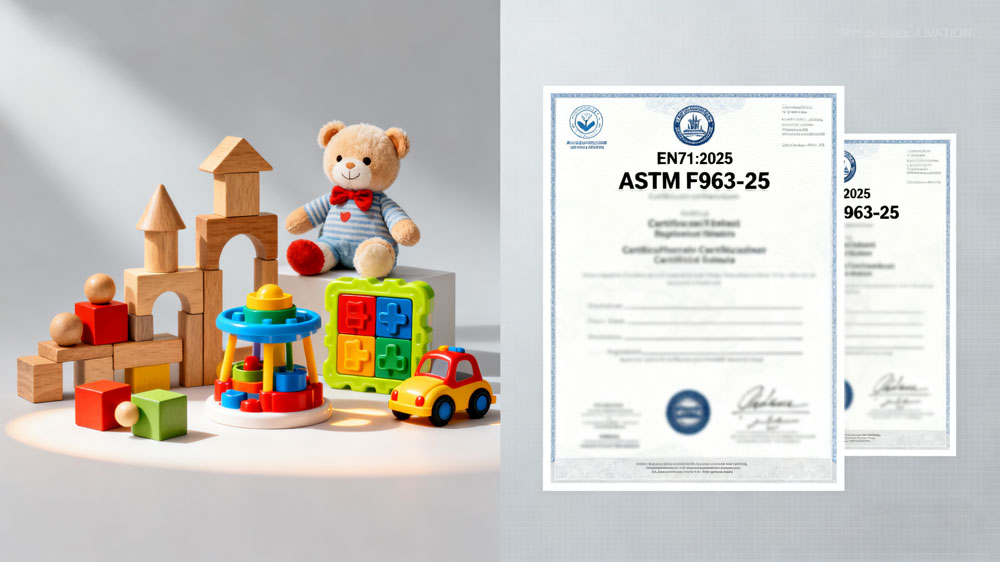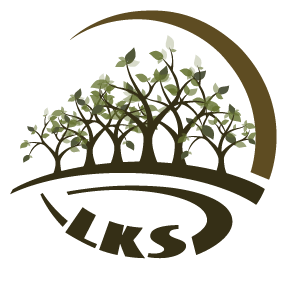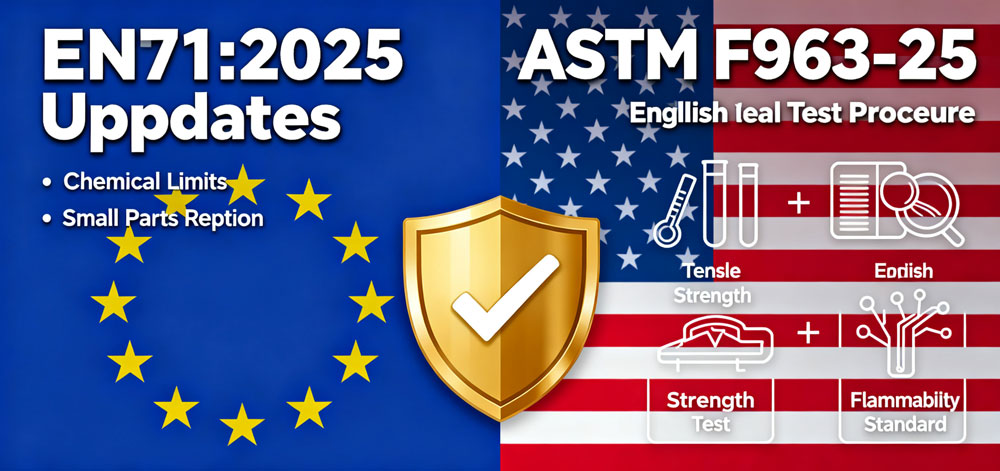The global toy industry faces an evolving landscape of safety regulations, with significant updates recently implemented in both the European Union and United States markets. Understanding these changes is essential for manufacturers and exporters aiming to maintain compliance and consumer trust.
EU EN71 Standard Updates
The European Committee for Standardization (CEN) has introduced several important revisions to the EN71 series, strengthening safety requirements for toys sold in EU markets.

EN 71-2:2020+A1:2025 on Flammability
In June 2025, CEN published the revised EN 71-2:2020+A1:2025 standard concerning toy flammability. This update includes several critical changes:
- New definitions for "cosmetic set toys," "taste play toys," and "olfactory board games" that clarify the standard's scope
- Enhanced testing methodologies for masks and fabrics, ensuring more consistent safety assessments
- Expanded water hardness tolerance in wash testing protocols, allowing for more flexible compliance while maintaining safety
- Additional guidance for risk assessment of toy costumes and head-worn toys
This revised standard is scheduled to become the national standard in CEN member countries by December 2025, with conflicting national standards to be withdrawn by June 2026.
New Testing Methods for Chemical Safety
The EU has also introduced three new testing method standards in early 2025:
- EN 71-15:2025: Measures formamide in foam toy materials
- EN 71-16:2025: Tests for certain chlorinated phosphor flame retardants (TCEP, TCPP, TDCP)
- EN 71-17:2025: Examines certain isothiazolinones (MIT, CIT, BIT) in aqueous toy materials
Proposed Toy Safety Regulation
Looking ahead, the EU has drafted a new Toy Safety Regulation (TSR) that will replace the current Toy Safety Directive (2009/48/EC). Key proposed changes include:
- Digital product passports replacing EU declarations of conformity
- Enhanced chemical safety assessments considering combined exposure to multiple substances
- Stricter limits on additional hazardous substances including endocrine disruptors
US ASTM F963-23 Standard Updates
Across the Atlantic, the United States has implemented the updated ASTM F963-23 standard, which became effective in April 2024. This mandatory standard introduces several important changes from the previous version:
Expanded Phthalates Requirements
The updated standard now applies the 0.1% limit for regulated phthalates to all toys for children under 12, aligning with CPSC regulations. While this formalizes existing practice, it underscores the importance of comprehensive phthalate testing across all toy categories.
Modified Requirements for Specific Toy Categories
- Battery-operated toys: Must now ensure that fasteners remain secured to battery compartments during and after abuse testing, even for toys intended for children over 8
- Expandable materials: The scope now explicitly includes toys where expandable materials are contained within a non-small part shell that children might dissolve, open, or break
- Noise-producing toys: Revised sound level limits for push/pull toys, increasing the allowed maximum from 85dB to 94dB
Enhanced Labeling and Testing Provisions
The standard now explicitly references CPSIA tracking label requirements, which have been standard practice for years but are now formally incorporated. Additionally, it provides more flexibility in evaluating process water cleanliness by allowing the use of the latest USP<1231> standard alongside USP 35.
Implications for Toy Manufacturers
For toy manufacturers and exporters, these regulatory updates necessitate several key actions:
- Review product designs against the new flammability requirements, especially for costume items and toys containing fabrics
- Conduct thorough supply chain assessments to ensure materials comply with updated chemical restrictions
- Update testing protocols to incorporate the revised methods for physical, mechanical, and chemical properties
- Maintain detailed documentation to demonstrate compliance with all applicable standards
Companies should work closely with accredited testing laboratories to ensure their products meet these updated requirements before they become fully mandatory in their target markets.
Building Trust Through Compliance
As safety standards evolve, manufacturers that proactively address these changes demonstrate their commitment to product quality and child safety. This commitment ultimately strengthens brand reputation and consumer trust in the competitive global toy market.
By staying informed about regulatory updates and maintaining rigorous safety standards, toy businesses can not only ensure compliance but also enhance their market position as responsible manufacturers dedicated to children's wellbeing.
For more information on how these regulatory changes might affect your specific products, consult with a qualified toy safety testing provider or regulatory expert.
Post time: Sep-24-2025




